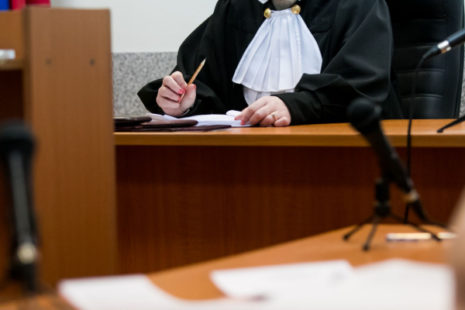In Kansas, the term “bond” can refer to various financial instruments or legal agreements, but in the context of the criminal justice system, the term typically refers to a surety bond used to secure the release of a defendant from jail while they await trial.
Here’s how a bond works in Kansas…
1. Setting Bail – When someone is arrested and taken into custody, they may have the option to be released from jail while they await trial by posting bail. Bail is a financial guarantee that the defendant will return to court for all scheduled hearings and proceedings.
2. Surety Bond – A surety bond, often referred to simply as a “bond,” is a type of bail bond provided by a bail bondsman or bail bond company. The bail bondsman acts as a surety, promising to pay the full bail amount if the defendant fails to appear in court as required.
3. Posting Bond – To obtain a surety bond, the defendant or their family typically pays a non-refundable fee to the bail bondsman, usually around 10% of the total bail amount set by the court. In addition to the fee, collateral may be required to secure the bond, such as property or assets.
4. Release from Custody – Once the bond is posted and accepted by the court, the defendant is released from jail pending trial. The defendant is required to appear in court for all scheduled hearings and comply with any other conditions of release set by the court.
5. Forfeiture or Return of Bond – If the defendant complies with all court appearances and requirements, the bond is typically returned after the case, regardless of the outcome. If the defendant fails to appear in court as required, the bond may be forfeited, and a warrant may be issued for their arrest.
Overall, a bond in Kansas is a financial arrangement used to secure the release of a defendant from jail while they await trial, with the assistance of a bail bondsman or bail bond company.




